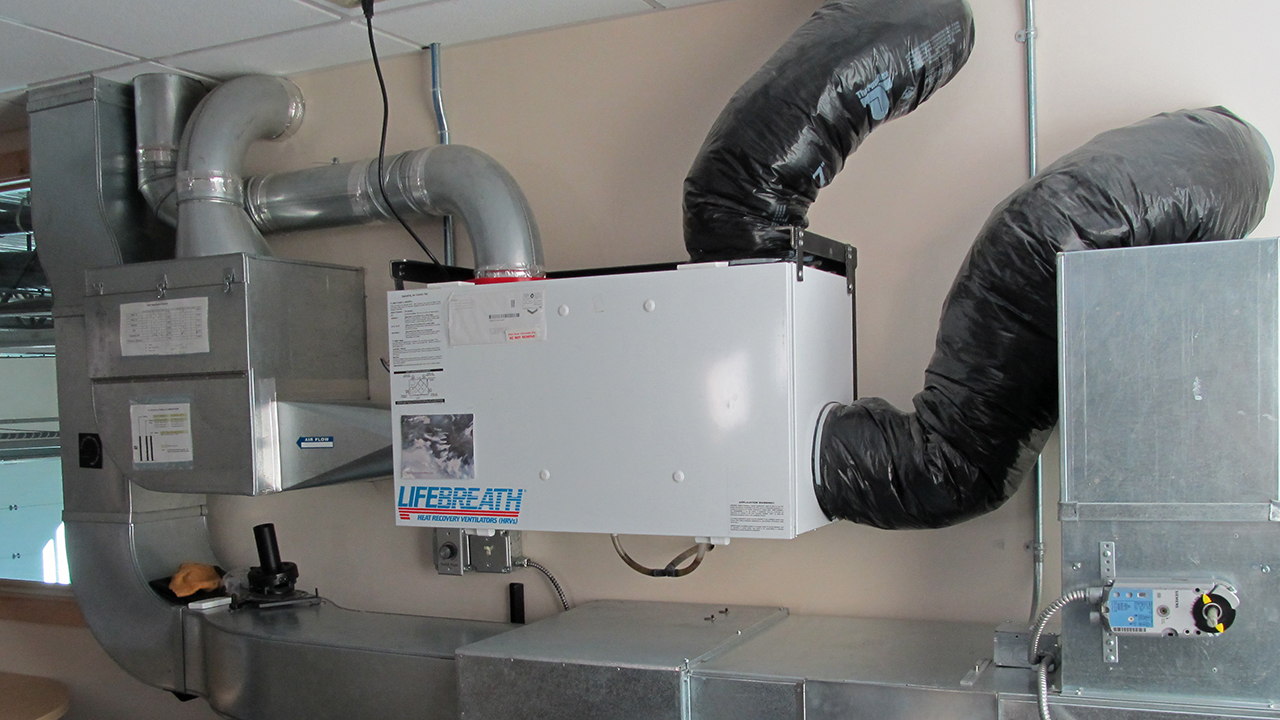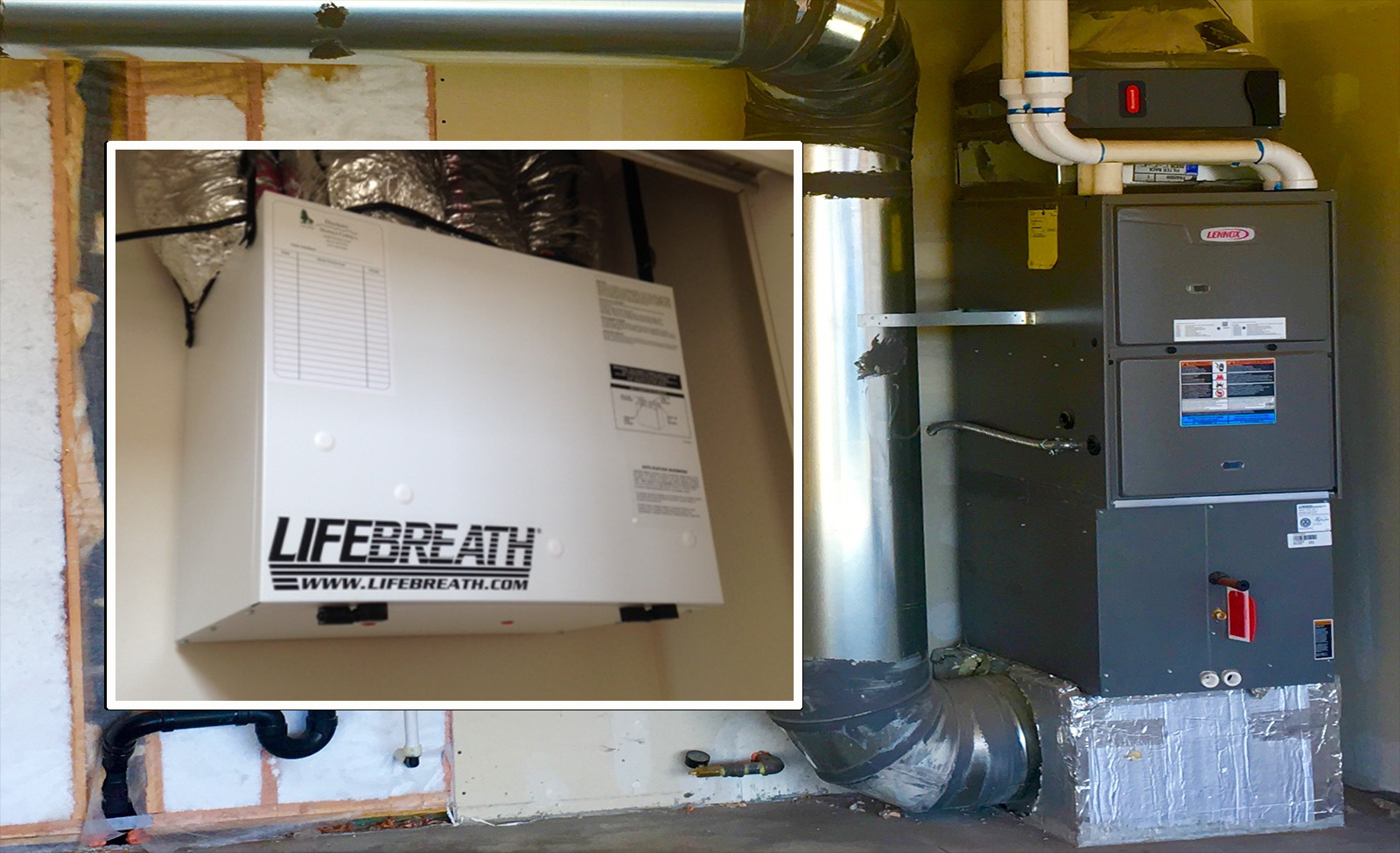HRV Buying Guide: What Features to Check
Wiki Article
The All-Inclusive Guide to the Uses of Heat Recovery Ventilation in Modern Buildings
Heat Recovery Ventilation (HRV) systems stand for a significant advancement in constructing innovation (HRV Heat Recovery Ventilation). They provide an approach for exchanging stagnant interior air with fresh outdoor air while lessening power loss. This method not only improves indoor air quality yet likewise adds to energy efficiency in both domestic and commercial buildings. Comprehending the various applications and benefits of HRV can disclose its crucial function in modern-day layout and sustainability efforts. The ramifications of this technology deserve discovering even moreComprehending Heat Recovery Ventilation Equipments

Although numerous contemporary structures focus on energy efficiency, comprehending warmth recuperation ventilation (HRV) systems is important for enhancing interior air high quality and minimizing power usage. HRV systems function by moving warmth from stagnant interior air to inbound fresh air, efficiently preserving comfy interior temperature levels while decreasing power loss. These systems are composed of a warmth exchanger, followers, and ductwork that help with the flow of air. Throughout winter months, HRV units capture and reuse warmth from the outbound air, while in summertime, they can assist cool incoming air. By continuously exchanging air, HRV systems likewise decrease humidity and the concentration of indoor contaminants. Appropriate setup and upkeep of HRV systems are crucial for their performance and efficiency in improving overall building performance and convenience.
Advantages of Heat Recovery Ventilation
Heat recovery ventilation systems use many benefits that boost both power effectiveness and indoor air top quality in contemporary buildings. By capturing and recycling energy from exhaust air, these systems greatly reduce heating & cooling prices, causing lower power consumption. They preserve a consistent flow of fresh outdoor air, minimizing the risk of interior air pollutants and allergens. This constant exchange aids control moisture levels, preventing mold development and guaranteeing a much healthier living environment. Furthermore, HRV systems add to sustainability objectives by lowering overall carbon footprints. Their capability to maximize ventilation without giving up thermal comfort makes them an important addition to modern building layout, advertising both economic and eco-friendly advantages.Applications of HRV in Residential Structures
As house owners significantly focus on power efficiency and interior air quality, the applications of warmth healing ventilation (HRV) systems in household structures have actually come to be much more widespread. HRV systems are specifically useful in snugly sealed homes, where preserving fresh air blood circulation is important for stopping wetness build-up and indoor contaminants. They successfully move heat from outgoing stale air to inbound fresh air, lowering energy expenses connected with cooling and heating. Additionally, HRVs can improve comfort levels by regulating humidity and temperature. They are also adaptable for various domestic designs, including single-family homes and multi-unit buildings. Overall, incorporating HRV systems supports sustainable living practices while guaranteeing a healthier indoor environment for residents.HRV in Commercial and Industrial Setups
In business and commercial settings, the implementation of heat recovery air flow (HRV) systems has actually come to be increasingly crucial for optimizing power effectiveness and keeping air top quality. These systems successfully move warm from exhaust air to incoming fresh air, reducing the requirement for extra home heating or cooling. This not just reduces energy prices however also adds to sustainability efforts. Industries such as manufacturing, warehousing, and office complex profit substantially from HRV my company systems, as they assist regulate temperature level and moisture levels, making certain a comfy and efficient environment. In addition, HRV systems help in removing impurities and excess dampness, improving interior air high quality. As regulations around air quality become more stringent, the fostering of HRV modern technology is likely to grow, making it a crucial part of modern industrial and commercial infrastructure.Future Fads in Heat Recovery Ventilation Technology

Frequently Asked Concerns
How Does Heat Recovery Ventilation Effect Indoor Air High Quality?
Heat recovery ventilation greatly enhances interior air top quality by continually exchanging stale interior air with fresh exterior air while recuperating energy. This process reduces contaminants, preserves optimal humidity degrees, and assures a healthier environment for owners.Can HRV Equipments Be Set Up in Existing Structures?
HRV systems can undoubtedly be set up in existing buildings. Retrofitting may require modifications to ductwork and ventilation formats, yet it substantially improves energy efficiency and indoor air top quality, making it a viable alternative for older structures.What Upkeep Is Required for HRV Systems?

Are There Particular Climates Where HRV Is Much More Effective?
Heat recovery ventilation systems are particularly reliable in environments with considerable temperature distinctions between seasons. These systems maximize power effectiveness by recuperating heat from exhaust air, making them excellent for both chilly and reasonably cozy atmospheres.Just How Do HRV Systems Affect Energy Costs?

Report this wiki page